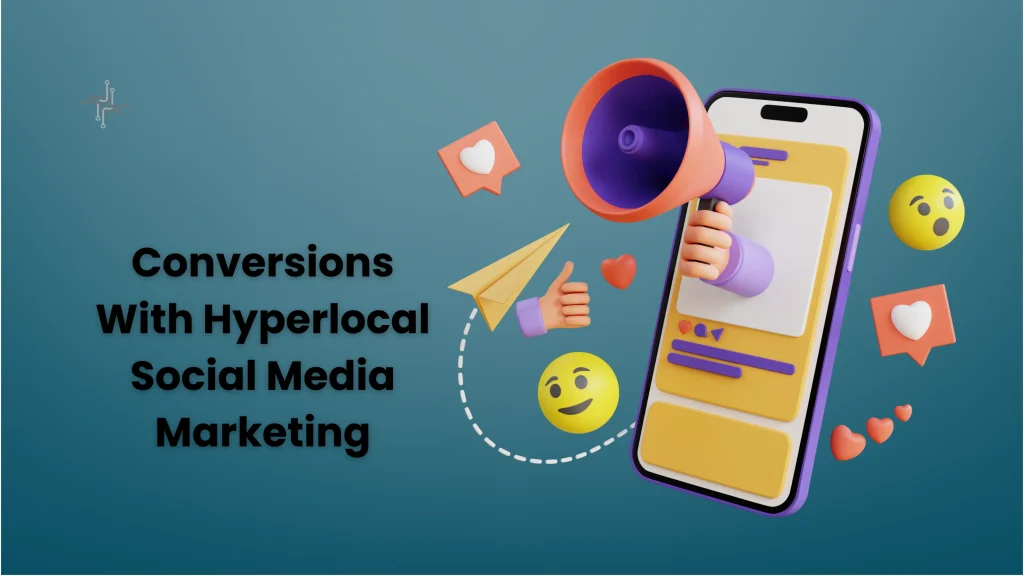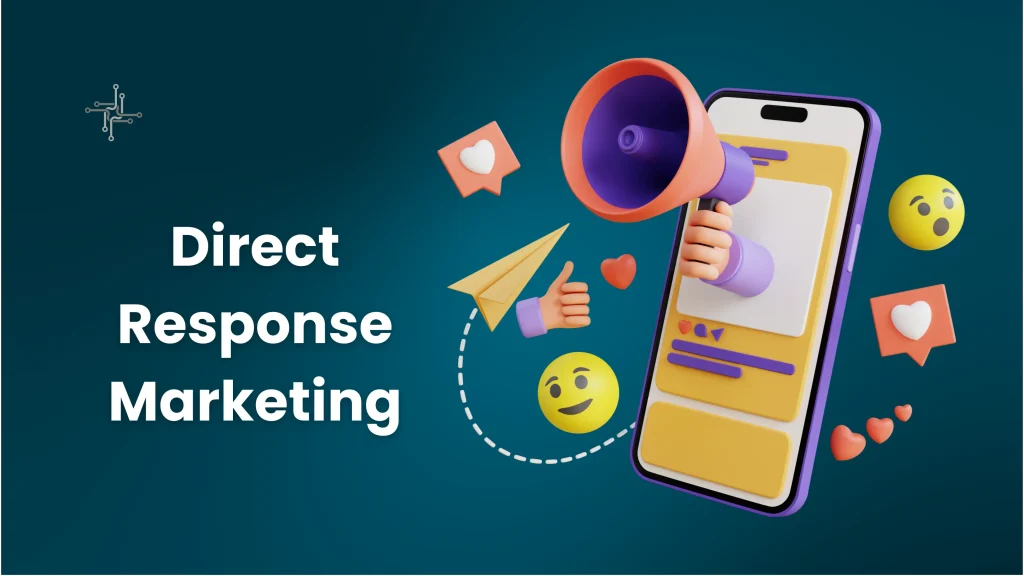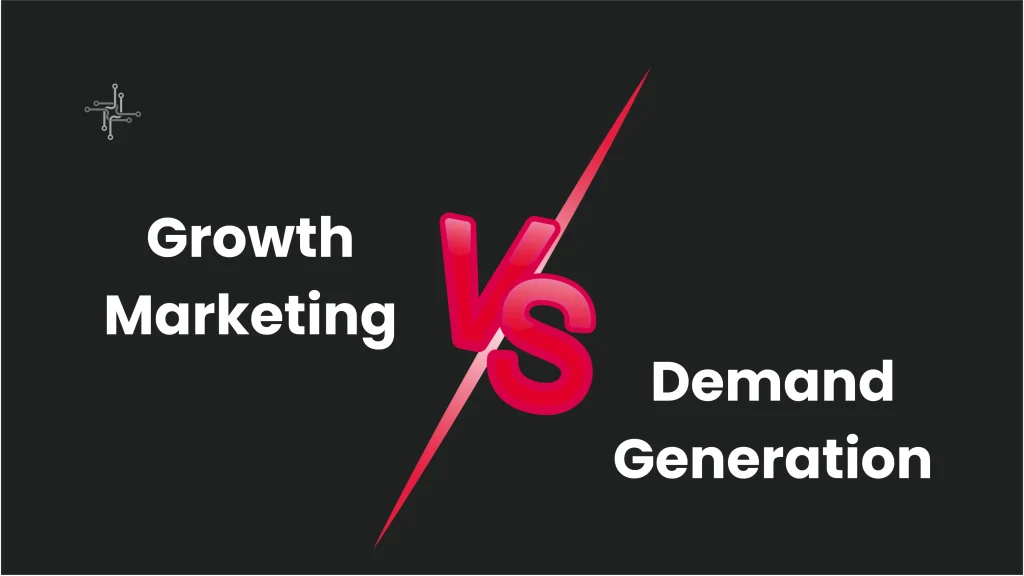Hyperlocal marketing focuses on reaching people within a very specific geographic area, usually a small town or neighborhood. It uses location-based strategies to target customers in a particular region. This can be done through social media, mobile apps, or local ads. The idea is to connect with individuals who are close by and can take immediate action, like visiting a store or making a purchase.
Hyperlocal strategies are important because they allow businesses to target potential customers more precisely. By focusing on a smaller area, businesses can create more personalized and relevant content for their audience.
Table of Contents
Why Hyperlocal Marketing Drives Conversions
Hyperlocal marketing drives conversions because it targets customers who are in close proximity to a business. By focusing on a specific geographic area, businesses can create offers that are highly relevant to local consumers. These tailored offers, combined with the convenience of proximity, make it more likely for customers to act immediately, whether it’s visiting a store, ordering online, or signing up for a service.
The key to its effectiveness is relevance. Localized content, ads, and promotions resonate more with audiences because they directly address their needs and preferences. People are more inclined to engage with a business that speaks to their local culture, lifestyle, and issues. This personal connection builds trust, which is essential for driving action.
Moreover, hyperlocal marketing uses real-time engagement to create a sense of urgency. When people see local offers or events in their feed, they are more likely to make quick decisions, knowing they can act fast. This leads to higher conversion rates because customers feel the offer is directly meant for them, right where they are.
Identifying Your Local Audience
Identifying your local audience begins with analyzing where your current customers are located. Use data from social media platforms, Google Analytics, and other tools to see which areas your website or business is attracting. This helps you define a specific geographic region to target. By examining your audience’s behaviors and interactions, you can get a better sense of who is most likely to engage with your business.
You can also engage directly with your local community to gain insights. This can be done through attending local events, asking for feedback on social media, or conducting surveys. Direct interaction with local people gives you a clearer picture of their needs, interests, and preferences. The more you understand your local community, the better you can tailor your marketing strategies to appeal to them.
Demographics also play a big role in identifying your local audience. By analyzing factors like age, gender, income, and occupation, you can create content that speaks directly to the needs of your area. Understanding these details helps you refine your approach and ensure that your marketing is reaching the right people.
Creating Resonant Location-Based Content
Creating resonant location-based content begins with understanding the local culture, traditions, and interests. By incorporating local references, landmarks, or current events, you can make your message more personal and relatable. This helps create a stronger connection with the community and makes your content stand out.
Addressing Local Needs and Trends
Tailoring your content to address local needs or trends is essential. Focus on issues or challenges unique to your area, and show how your product or service can provide a solution. For example, if your area faces specific weather challenges, highlight how your offering helps with local conditions. This makes your content more relevant and useful.
Using Visual Storytelling
Visual storytelling can further enhance your location-based content. By using local images, like photos of neighborhoods, landmarks, or local people, your content becomes more authentic. People engage more with content that reflects their environment, increasing trust and interest.
Using Social Media for Hyperlocal Marketing
Facebook’s local targeting features allow you to reach people within a specific radius of your business. You can create geo-targeted ads, use local keywords, and join local groups to increase your visibility. Posting location-tagged content and hosting events is another way to engage with your local audience on the platform.
Instagram is perfect for hyperlocal marketing through features like geotagging and local stories. By tagging your posts and stories with your business location, you can ensure your content is seen by nearby users. Instagram also allows you to use location-based hashtags, which can help attract a local following and increase engagement.
On Twitter, using location-specific hashtags can help you reach users in a specific area. You can follow local conversations, join trending topics, or create your own hashtag to encourage local engagement. Retweeting and engaging with local users also increases your visibility in your community.
TikTok
TikTok’s geo-filters and location-based trends are great for reaching a younger, local audience. You can create videos related to local events, trends, or challenges that resonate with your community. TikTok’s algorithm also favors content that engages local users, making it easier to gain traction in your area.
Using Local Influencers for Conversions
Local influencers can be a powerful asset in hyperlocal marketing strategies. By partnering with influencers who have a strong following within a specific geographic area, you can increase brand awareness and drive conversions.
Identifying the Right Local Influencers
When choosing local influencers, look for individuals whose values align with your brand and who have a genuine connection with your target audience. It’s important to select influencers who have an engaged local following rather than just a large number of followers. Micro-influencers, for example, often have more direct influence within a smaller community and can drive higher engagement rates.
Building Authentic Partnerships
To create successful partnerships with local influencers, focus on authenticity. Influencers should feel comfortable endorsing your products or services because they genuinely believe in them. Avoid scripted promotions and instead encourage influencers to create content that feels natural and personal to their audience. Authentic content builds trust and increases the likelihood of conversions.
Using Influencer Content for Local Campaigns
Once influencers create content, use it across your own social media channels and marketing materials. Share their posts, highlight their reviews, or create joint campaigns to further amplify your reach. Influencer content acts as social proof, which can boost credibility and encourage others in the local community to take action.
Tracking Conversions from Influencer Campaigns
To measure the success of your influencer partnerships, track key metrics such as referral traffic, engagement, and conversions. Using trackable links, special promo codes, or unique hashtags can help you directly attribute sales or sign-ups to the influencer’s efforts. By analyzing these results, you can adjust your strategy to maximize future conversions.
Conclusion
Hyperlocal social media marketing is a powerful way to drive conversions by focusing on local audiences. By creating content that resonates with specific communities and using social media platforms to engage nearby customers, businesses can boost visibility and foster trust. Targeting local audiences through location-based strategies helps create stronger connections and increases the likelihood of conversions.
Partnering with local influencers and using the right tools on social media platforms can further enhance your reach. Consistently providing relevant content and engaging with your community leads to higher sales and long-term business growth. Hyperlocal marketing is an effective strategy for success.


